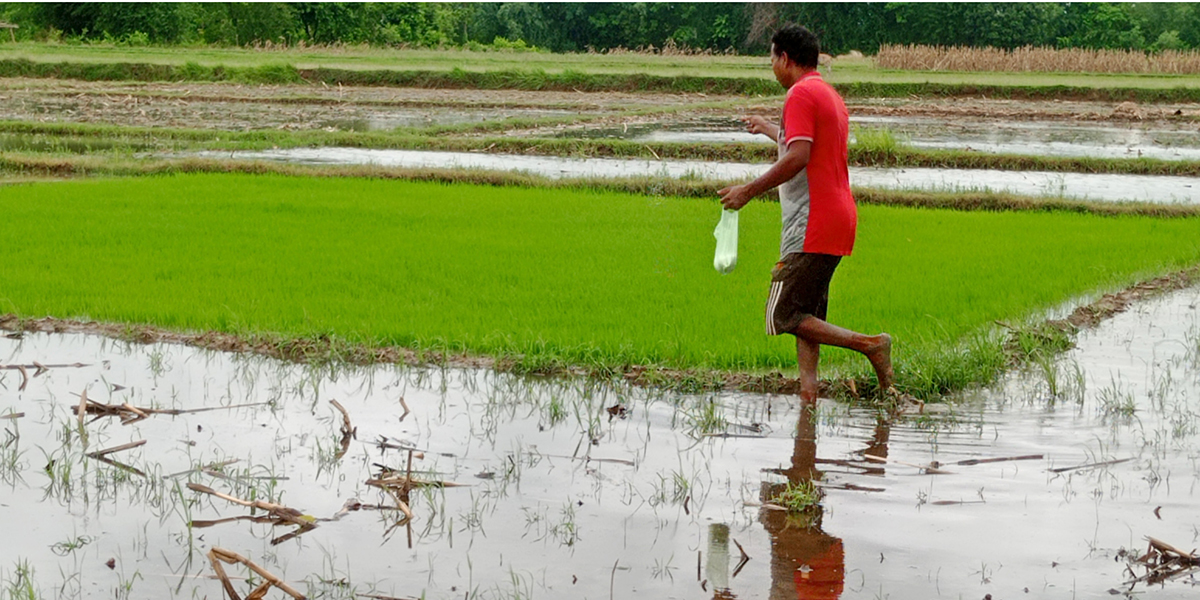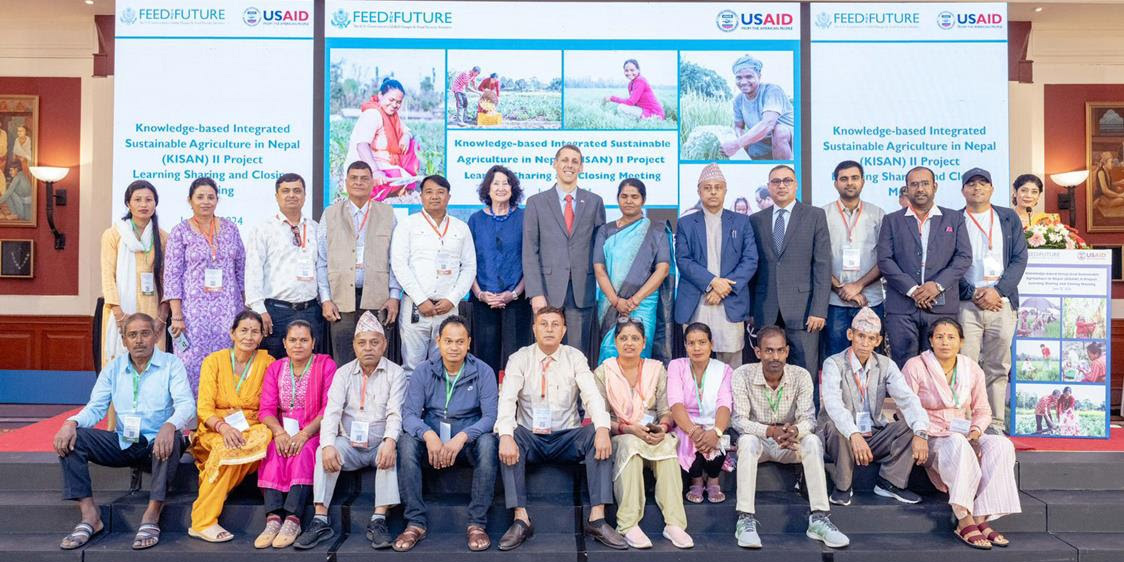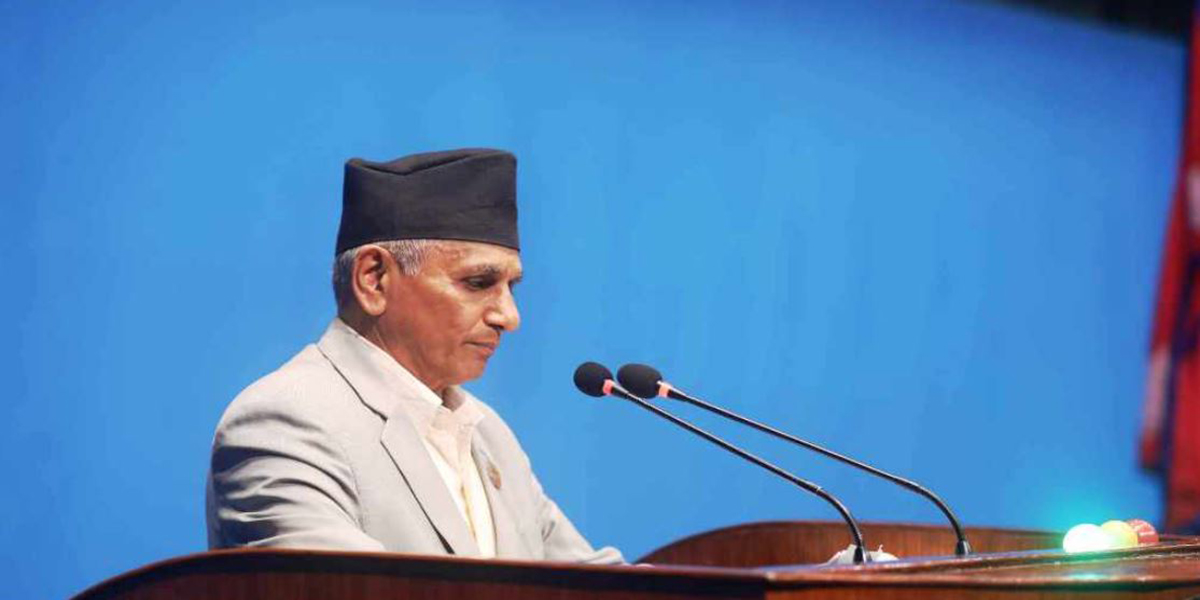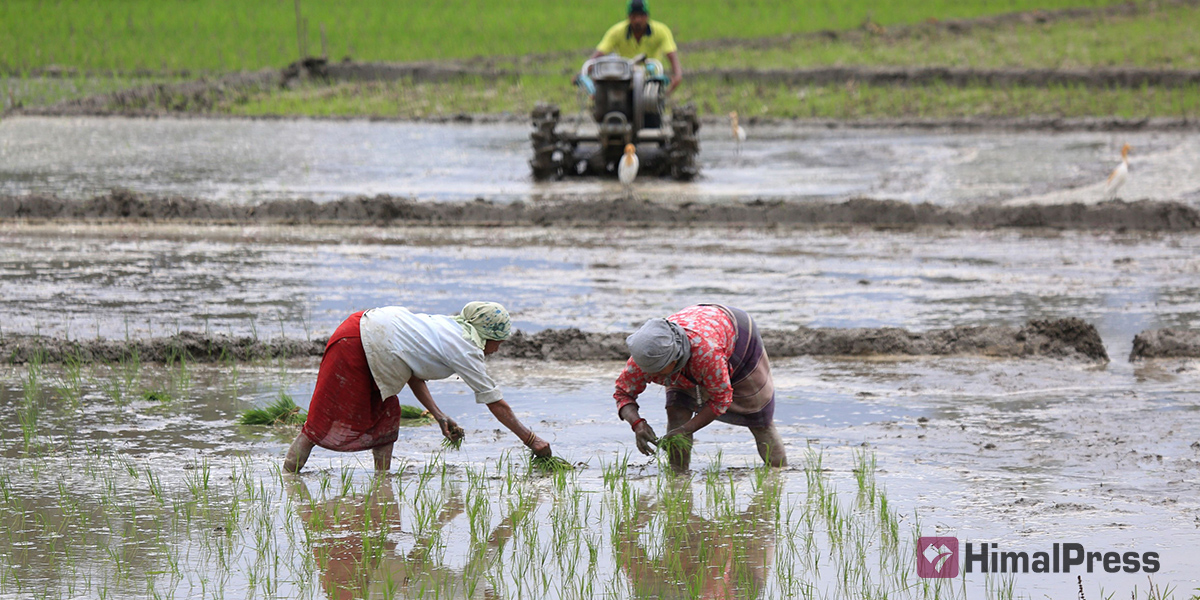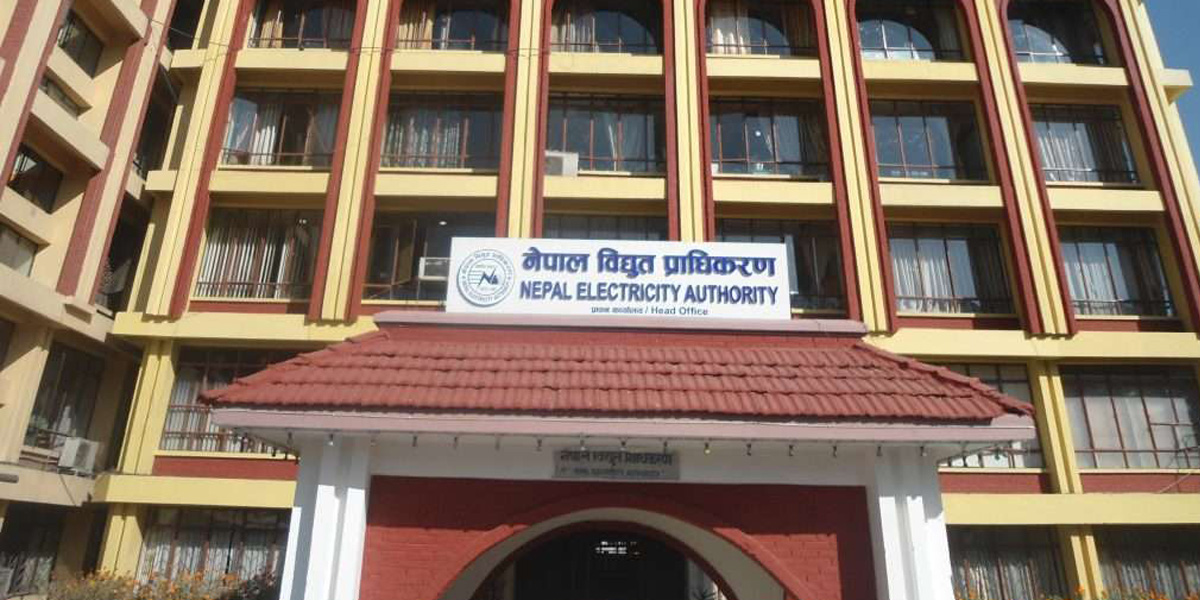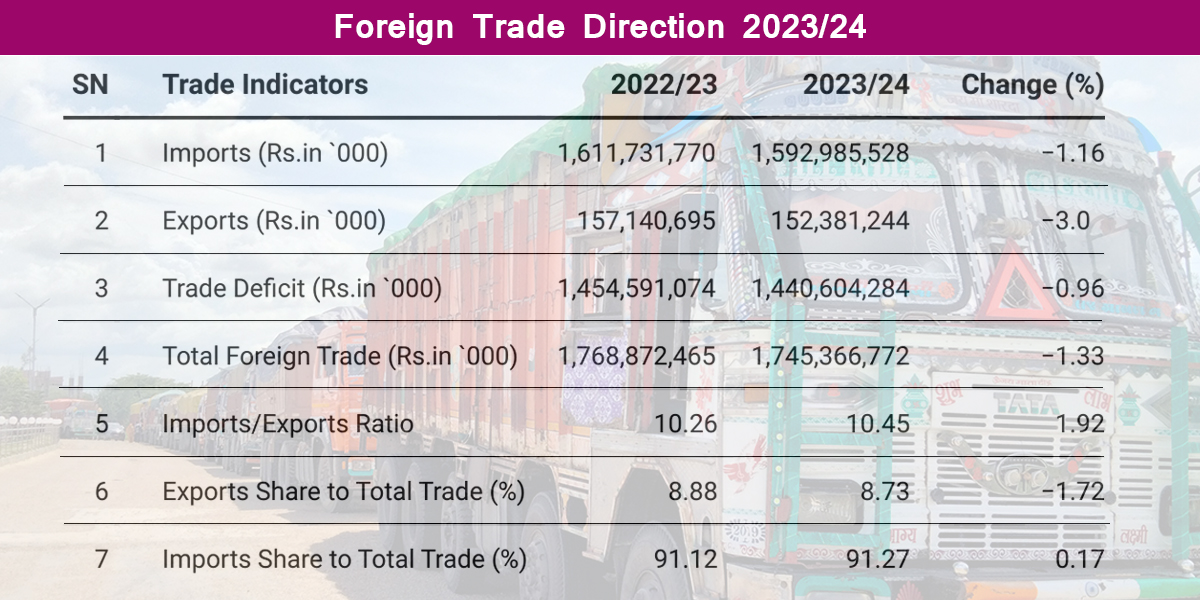 Farmers taking their produce to market in Khotang. (Photo: RSS)
Farmers taking their produce to market in Khotang. (Photo: RSS)
KATHMANDU: Agriculture tourism is being neglected by all levels of government even though this segment holds immense potential for the country’s tourism industry.
Since the limited budget allocated for the promotion of agri tourism is spent on studies and research only, the nation is not able to get the desired benefit from it. The Ministry of Agriculture and Livestock Development has been spending Rs 1.5 billion annually for the development and promotion of agriculture tourism. The provincial and local governments have also been allocating substantial budgets for agriculture tourism. Provincial governments allocate between Rs 150-200 million rupees annually, while local governments have been setting aside Rs 2-4 million each.
The Ministry of Agriculture and Livestock Development has been formulating plans for the development of agriculture tourism since 2014. However, no substantial work has been done for agriculture tourism as per the plans and budgets. The allocated funds have been spent mostly on studies and research.
Agricultural scientist Basudev Nath said that agriculture tourism can provide opportunities to study and observe various aspects of rural areas. “As tourists mingle with the local community, it promotes social harmony. Agriculture tourism can be developed in all the areas of the country where farming is being done,” he added.
Nath believes that the number of tourists visiting rural areas can be increased by developing new products like farm stays and home stays. “If rural tourism could be linked with agriculture tourism, it would benefit farmers. With more tourists in villages, it would facilitate the marketing of agricultural produce,” Nath said.
Dr Lumanidhi Pande Loudari, the spokesperson for the Nepal Agricultural Research Council (NARC), said expansion of agriculture tourism could help the government meet the targets of important programs like poverty alleviation. “Agriculture tourism can create employment opportunities in villages and support the economic activities of rural people. Through agriculture tourism, we can provide knowledge, education, research, and services related to agriculture to domestic and foreign tourists and generate economic benefits for the local populace,” he added.
According to Loudari, activities like horse riding, honey tasting, consuming organic fruits and vegetables, and conducting research on fruits, vegetables and crop farming could attract both domestic and foreign tourists. “NARC has suggested that the government engage tourists in activities like observing milking of cows and water buffaloes, churning curd to produce butter, grazing animals in hills and meadows and grazing yaks and sheep in the Himalayan region,” Laudari said. “However, this has not been implemented.”
According to Loudari, areas producing indigenous crops and practicing traditional farming activities like plowing using oxen could be of great interest to foreign and domestic tourists alike.
The funds allocated for agriculture tourism have been spent on developing farm stays and home stays to attract more tourists, according to Shabnam Shivakoti, the spokesperson for the Ministry of Agriculture and Livestock Development. “The number of tourists has been increasing as home stays provide lodging and food facilities as well as organize different activities,” she added.
However, ministry officials admit that the budget has not been fully utilized in potential areas for agriculture tourism such as the promotion of cash crops, floriculture, and for development of new products.
According to Shivakoti, the ministry has been collaborating with provincial and local governments for infrastructure development. With the development of agriculture tourism, agricultural produce will get market access easily. As tourists would purchase agricultural products, farmers would have no market-related issues.
As many as 62% of Nepali households and 50.4% of the population are dependent on agriculture, according to the ministry.


